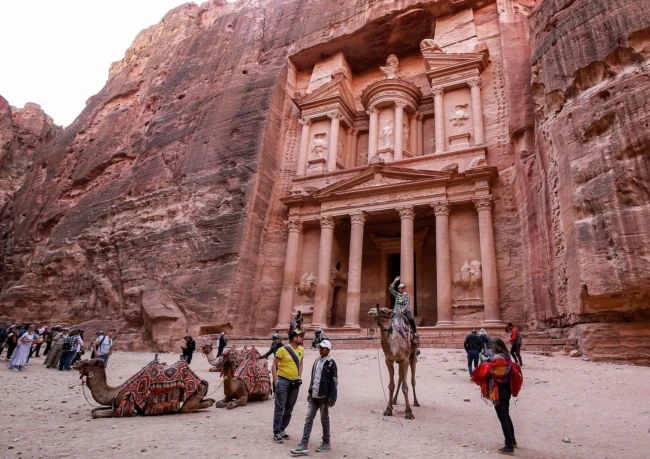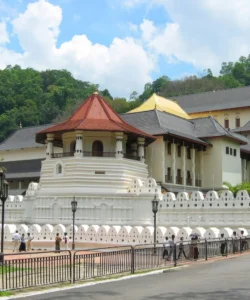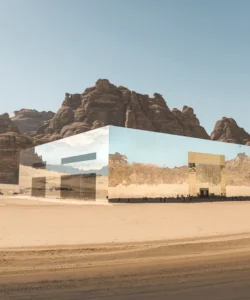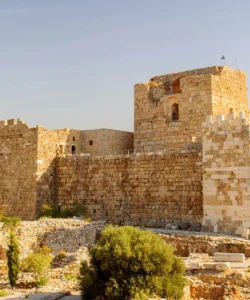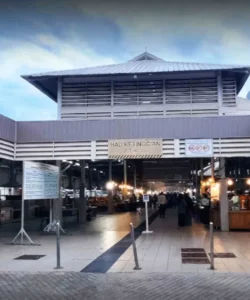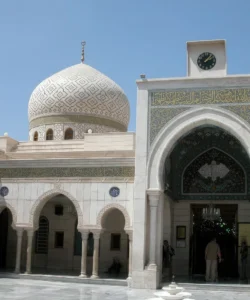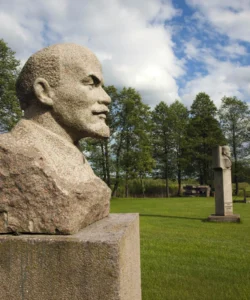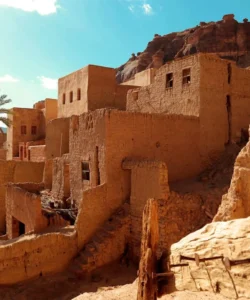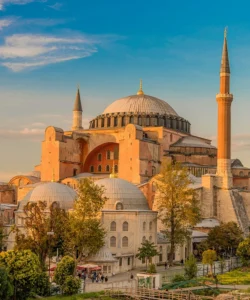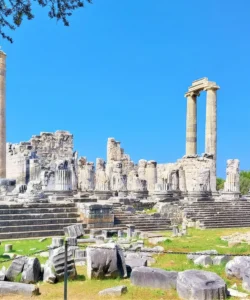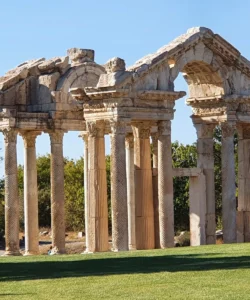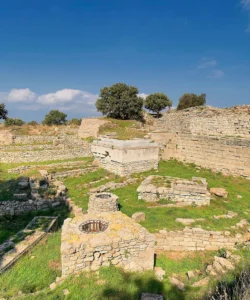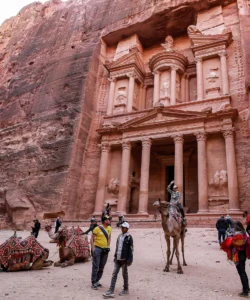Petra, originally known as Raqmu to the Nabataeans, is a world-renowned historical and archaeological city in southern Jordan. It is a UNESCO World Heritage Site and one of the New Seven Wonders of the World, famous for its remarkable rock-cut architecture. The city’s nickname, the “Rose City,” comes from the distinct reddish-pink color of the sandstone from which its structures are carved.
Listen to an introduction about Petra
Name
Petra (Arabic: البتراء, Al-Batrā), also known as “The Rose City.”
Address
The ancient city is located near the modern town of Wadi Musa, in the Ma’an Governorate of southern Jordan. The address for the visitor center is Wadi Musa, Jordan.
How to Get There
Petra is a major tourist destination and is well-connected to the rest of Jordan.
- From Amman: The journey from Amman to Petra takes about 3 hours by car via the Desert Highway. The King’s Highway offers a more scenic but longer route. You can rent a car, hire a private taxi, or take a direct JETT bus from Amman’s Abdali Terminal. Minibuses are also available, though they are less frequent and less comfortable.
- From Aqaba: Being closer to Aqaba, the drive is much shorter, taking about 1.5 to 2 hours. Similar options are available, with many visitors opting for a day trip or an overnight stay from Aqaba.
Landscape and Architecture
Petra’s landscape and architecture are a stunning fusion of natural rock formations and human ingenuity.
- Rock-Cut Architecture: The most famous feature of Petra is that its buildings are not constructed, but rather meticulously carved directly into the pink sandstone cliffs. This includes tombs, temples, and homes.
- The Siq: The city’s main entrance is through the Siq, a long, narrow gorge that winds for over a kilometer before dramatically opening up to reveal the Treasury. This gorge was the ancient city’s primary access point and a natural defense.
- Hellenistic and Nabataean Style: The architecture is a unique blend of ancient Nabataean traditions and Hellenistic architectural styles, a result of the city’s role as a major trading hub. Structures like the Treasury (Al-Khazneh) and the Monastery (Ad-Deir) showcase elaborate façades with columns, pediments, and figures carved in exquisite detail.
- Water Management System: The Nabataeans were masters of water engineering, creating an impressive system of cisterns, conduits, and dams to collect and store water from seasonal rains, which allowed a large city to thrive in the desert.
What Makes It Famous
Petra’s fame is built on its extraordinary beauty, rich history, and cultural significance.
- The Treasury (Al-Khazneh): This iconic façade is the first major monument visitors see after emerging from the Siq. Its intricate carvings and sheer scale have made it a global symbol of Petra and a major filming location.
- The Rose City: The distinctive reddish-pink glow of the sandstone cliffs, especially during sunrise and sunset, gives the city its memorable nickname and enchanting aesthetic.
- UNESCO World Heritage Site: The city’s outstanding universal value as an example of Nabataean culture and rock-cut architecture earned it this prestigious designation.
- Lost City: For centuries, Petra was known only to a few local Bedouin tribes, remaining largely “lost” to the Western world until its rediscovery in 1812 by Swiss explorer Johann Ludwig Burckhardt.
- Engineering Marvel: The Nabataeans’ ability to carve a city into rock and sustain it with a sophisticated water management system in an arid environment is a testament to their engineering prowess.
Differences from Some Other Wonders (e.g., The Roman Theatre in Amman)
While both Petra and the Roman Theatre in Amman are ancient wonders in Jordan with Roman influences, they are fundamentally different in their purpose and architecture.
- Construction Method: Petra’s monuments are almost entirely carved into the natural rock face using rock-cut architecture. In contrast, the Roman Theatre in Amman is a freestanding structure, built from cut stone.
- Scope and Scale: Petra is an entire city carved into a mountain range, featuring a vast complex of tombs, temples, and a city center, spread out over a large area. The Roman Theatre in Amman is a single, large monument within a modern urban context.
- Cultural Blend: While Petra has Roman elements (added after the Roman conquest), its defining style is a unique blend of indigenous Nabataean and Hellenistic traditions. The Roman Theatre in Amman is a more classic example of purely Roman engineering and architectural design.
- Purpose: Petra was a thriving caravan city, capital of the Nabataean kingdom, and a trade hub. The Roman Theatre was primarily an entertainment venue for the public.
Petra Photos:
